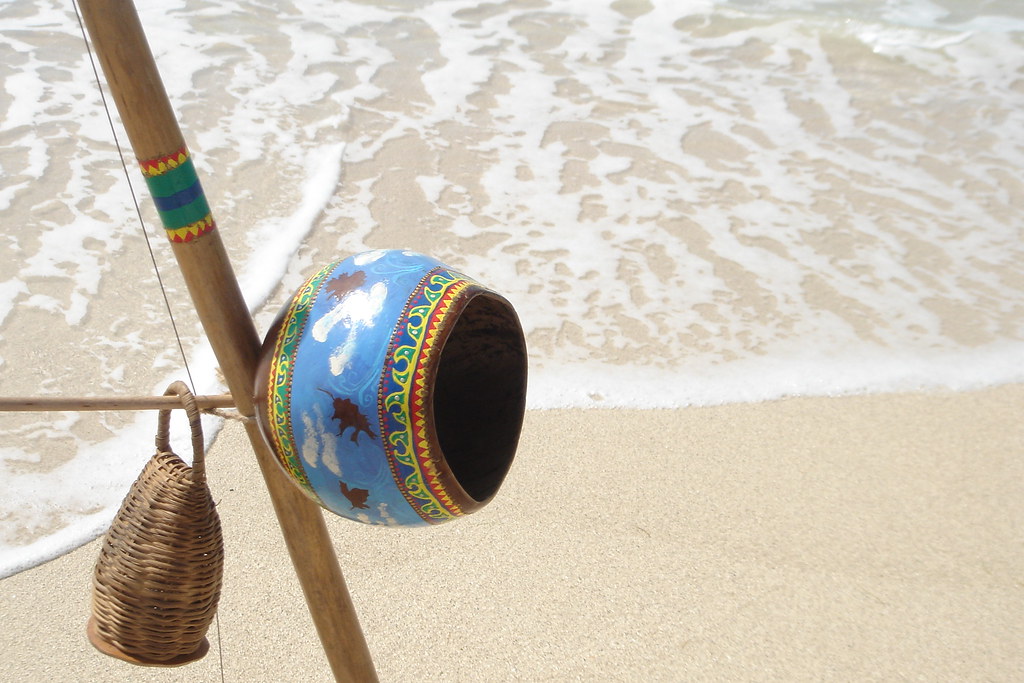Exotic Musical Instruments of Southeast Asia

Instruments of the World Series:
Unraveling the Exotic Musical Instruments of Southeast Asia
Introduction: Welcome to the “Instruments of the World” series, where we embark on a musical odyssey to explore the enchanting sounds of diverse cultures through their unique musical instruments. In this edition, we immerse ourselves in the melodic treasures of Southeast Asia, a region teeming with cultural richness and musical diversity. From the captivating melodies of the angklung in Indonesia to the mesmerizing kulintang of the Philippines, Southeast Asia’s instruments have transcended borders, captivating audiences worldwide.
- Angklung – Indonesia: Originating from Indonesia, the angklung is a traditional musical instrument made of bamboo tubes of varying lengths, each producing a distinct pitch. When shaken, this ensemble creates enchanting harmonies and has been declared a UNESCO Intangible Cultural Heritage. The angklung’s captivating sounds are often associated with spiritual ceremonies, storytelling, and celebrating the unity of the community.
- Kulintang – Philippines: The kulintang is a set of small, horizontally-laid gongs originating from the Southern Philippines. These brass or bronze gongs, suspended over a wooden frame, are played with soft mallets called “balu.” The mesmerizing, hypnotic rhythms of the kulintang have been passed down through generations, acting as a vehicle for storytelling, honoring ancestors, and marking significant events in Filipino culture.
- Piphat – Thailand: Steeped in the rich tapestry of Thai performing arts, the piphat is an ensemble comprising wind and percussion instruments. The traditional piphat ensemble typically consists of the pi (oboe-like woodwind), ranat (xylophone), klong (gongs), and other instruments. This musical treasure often accompanies classical dance-dramas and religious ceremonies, transporting audiences to the realm of Thai mythology and history.
- Dan Tranh – Vietnam: The dan tranh, a traditional zither from Vietnam, is a delicate yet powerful instrument. With 16 or more strings, plucked gently with ivory plectrums, it produces an ethereal sound that evokes feelings of tranquility and nostalgia. Its expressive nature has made it a prominent instrument in Vietnamese traditional music, especially during court performances and cultural festivals.
- Sape – Malaysia: Hailing from the indigenous communities of Sarawak, Malaysia, the sape is a lute-like instrument carved from a single block of wood. The sape’s evocative melodies resonate through the lush rainforests of Borneo, narrating the tales of nature and local folklore. Traditionally played during rituals and ceremonies, it has also found a place in contemporary music, bridging the gap between ancient traditions and modern compositions.
- Hne – Myanmar (Burma): The hne is a double-reed wind instrument widely used in Burmese traditional music. Carved from wood, this instrument’s unique timbre and distinctive sound have made it an integral part of Burmese culture, gracing festivals, processions, and temple ceremonies. The hne’s soulful melodies connect listeners to Myanmar’s spiritual and historical roots.
Conclusion: As we venture through the “Instruments of the World” series, the musical instruments of Southeast Asia stand out as a testament to the region’s rich cultural heritage and artistic prowess. Each instrument carries with it centuries of tradition, capturing the essence of the lands from which they originate. The angklung, kulintang, piphat, dan tranh, sape, and hne serve as a reminder of the profound impact that music has on shaping identity, preserving history, and fostering unity. Through this exploration, we celebrate the timeless melodies and the enduring cultural significance of Southeast Asia’s musical gems.






